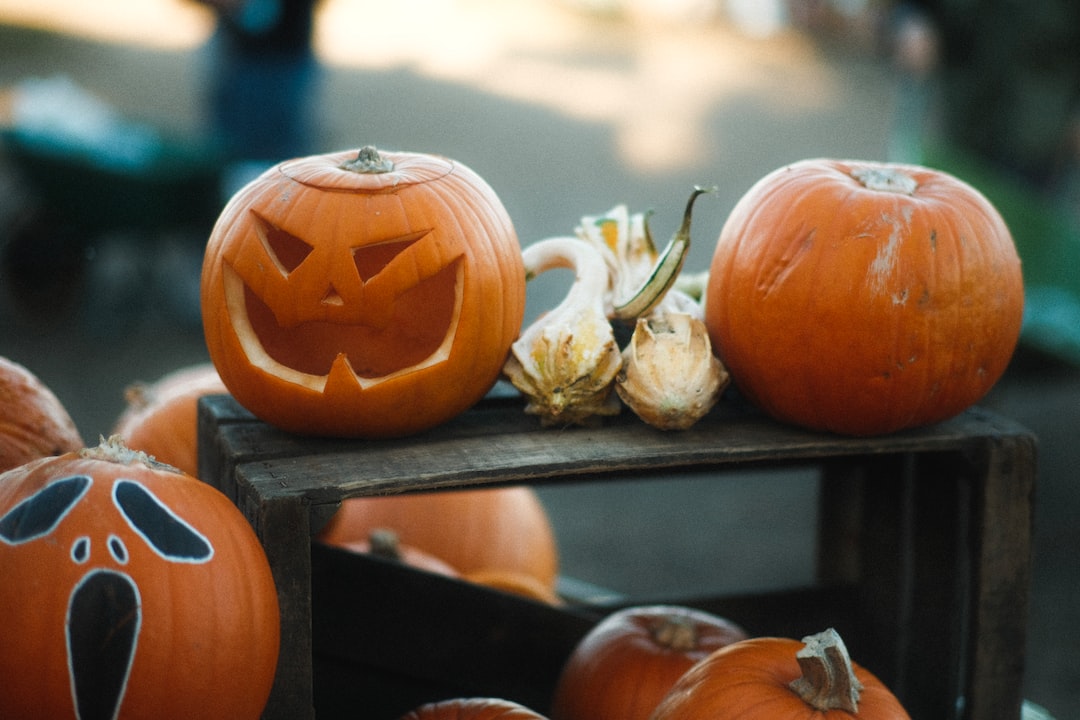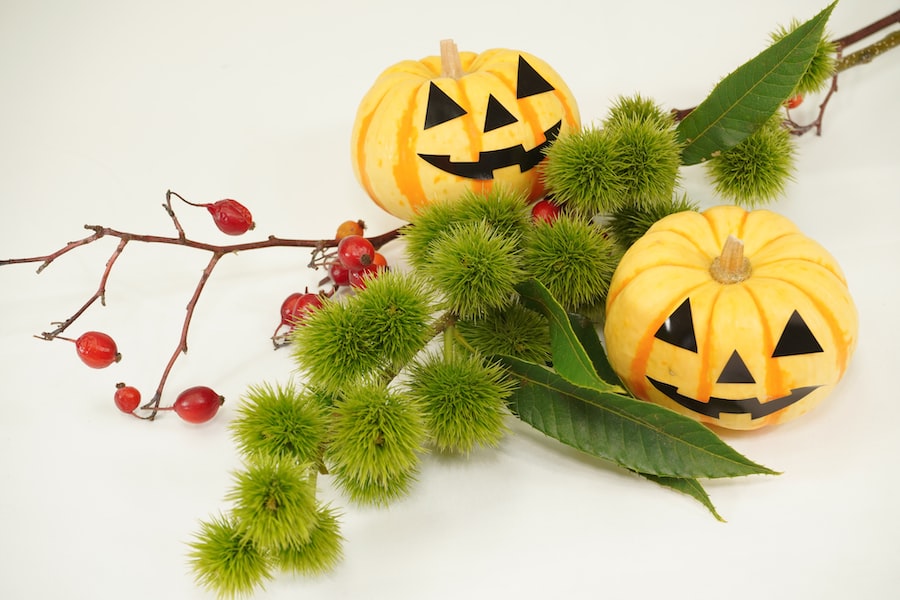Harvesting Corn: How to Tell When Your Crop is Ripe and Ready

Corn harvesting is an essential part of farming and agriculture. It is the process of gathering mature corn crops from the field for consumption or further processing. Understanding the growth cycle of corn is crucial for successful harvesting. This guide will provide beginners with the necessary knowledge and techniques to effectively harvest corn.
Key Takeaways
- Understanding the growth cycle of corn is crucial for successful harvesting.
- Factors affecting corn maturity include temperature, soil conditions, and genetics.
- Signs of ripeness in corn include the color of the silk and the kernels.
- Testing corn for maturity can be done through the squeeze test or by checking the moisture content.
- Choosing the right harvesting equipment and technique is important for maximizing yield and minimizing damage.
Understanding the Growth Cycle of Corn: From Planting to Harvest
The growth cycle of corn can be divided into several stages. It begins with planting, followed by germination, vegetative growth, pollination, grain fill, and finally, maturity. Each stage has specific requirements and durations.
After planting, corn seeds undergo germination, where they absorb water and nutrients from the soil, causing them to swell and sprout. This process usually takes about 7-10 days. Once germinated, the corn plants enter the vegetative growth stage, where they develop leaves and stems. This stage lasts for approximately 30-45 days.
Pollination is a critical stage in corn growth. It occurs when the tassels (male flowers) release pollen, which is then carried by the wind to the silks (female flowers). Successful pollination leads to the development of ears of corn. The grain fill stage follows pollination, during which the kernels on the cob grow and fill with starch.
Finally, the corn reaches maturity, which typically occurs around 60-100 days after planting, depending on the variety and environmental conditions. At this stage, the kernels have reached their maximum size and have dried out.
Factors Affecting Corn Maturity: Temperature, Soil Conditions and More
Several factors can affect the maturity of corn crops. Temperature plays a significant role in corn growth and development. Corn requires warm temperatures to thrive, with an optimal range between 77-95°F (25-35°C). Cooler temperatures can slow down growth and delay maturity, while excessively hot temperatures can cause stress and reduce yield.
Soil conditions are also crucial for corn maturity. Well-drained soil with adequate moisture and nutrient levels is essential for optimal growth. Poor soil conditions can lead to stunted growth and delayed maturity. Additionally, soil pH levels should be within the range of 6-7 for optimal corn growth.
Other factors that can affect corn maturity include sunlight exposure, rainfall patterns, and pest and disease pressure. Corn plants require sufficient sunlight to photosynthesize and produce energy for growth. Adequate rainfall is necessary to maintain soil moisture levels, especially during critical stages such as pollination and grain fill. Pest and disease pressure can also impact corn maturity, as they can damage the plants and reduce yield.
Signs of Ripeness in Corn: How to Tell When Your Crop is Ready
| Signs of Ripeness in Corn | Description |
|---|---|
| Ear Size | Full-sized ears indicate maturity. |
| Silks | Brown and dry silks indicate readiness for harvest. |
| Kernel Color | Yellow or white kernels indicate ripeness. |
| Kernel Texture | Firm and plump kernels indicate maturity. |
| Husk Cover | Tightly wrapped husks indicate readiness for harvest. |
Determining the ripeness of corn is crucial for harvesting at the right time. There are several visual cues that indicate when corn is ready for harvest. The first sign is the color of the silks. When the silks turn brown and dry out, it is a good indication that the corn is nearing maturity.
Another visual cue is the color of the kernels. As corn matures, the kernels change from a milky white color to a yellow or golden hue. The kernels should be plump and well-filled, indicating that they have reached their maximum size.
The husks of mature corn also provide clues about ripeness. When the husks start to dry out and turn brown, it is a sign that the corn is ready for harvest. Additionally, the ears should feel firm and tightly packed with kernels.
Timing is crucial when it comes to harvesting corn. Harvesting too early can result in underripe corn with poor flavor and texture. On the other hand, waiting too long can lead to overripe corn with tough kernels and reduced sweetness.
Testing Corn for Maturity: Using the Squeeze Test and Other Methods
In addition to visual cues, there are several methods for testing corn maturity. One common method is the squeeze test. To perform this test, gently squeeze a kernel between your thumb and forefinger. If the kernel feels firm and releases a milky liquid, it is not yet mature. However, if the kernel feels doughy and releases a thick, creamy liquid, it is likely ready for harvest.
Another method is the dryness test. Peel back the husk slightly and press your thumbnail into a kernel. If the liquid that comes out is clear, the corn is not yet mature. However, if the liquid is milky or doughy, it is ready for harvest.
Some farmers also use a moisture meter to determine corn maturity. This device measures the moisture content of the kernels, with lower moisture levels indicating maturity. However, moisture meters can be expensive and may not be accessible to all farmers.
Harvesting Equipment for Corn: Choosing the Right Tools for the Job

Choosing the right harvesting equipment is crucial for efficient corn harvesting. There are several types of equipment available, including combine harvesters, corn pickers, and hand tools.
Combine harvesters are commonly used for large-scale corn harvesting. These machines can harvest, thresh, and clean the corn in one pass. They are highly efficient and can handle large volumes of corn. However, combine harvesters can be expensive and require skilled operators.
Corn pickers are another option for mechanical harvesting. These machines are designed specifically for corn and can efficiently remove the ears from the stalks. Corn pickers are more affordable than combine harvesters but may require additional processing to remove husks and silks.
For small-scale or backyard farming, hand tools such as knives or shears can be used for harvesting corn. While this method is labor-intensive, it allows for greater control over the harvesting process and can be a rewarding experience.
When choosing harvesting equipment, factors to consider include the size of the operation, budget, and available labor. It is important to select equipment that suits the specific needs and resources of the farm.
Harvesting Techniques for Corn: Hand-Picking vs. Mechanical Harvesting
There are pros and cons to both hand-picking and mechanical harvesting techniques for corn. Hand-picking allows for greater control over the harvesting process and can be more gentle on the plants. It is also suitable for small-scale operations or when harvesting specific varieties for seed saving.
However, hand-picking can be labor-intensive and time-consuming, especially for larger fields. It may also require additional processing to remove husks and silks, which can be tedious. Additionally, hand-picking may not be feasible for farmers with limited labor resources.
Mechanical harvesting, on the other hand, is highly efficient and can handle large volumes of corn. It saves time and labor compared to hand-picking. Mechanical harvesters are designed to remove the ears from the stalks and can perform additional processing tasks such as husking and cleaning.
However, mechanical harvesting requires specialized equipment and skilled operators. It can be expensive to purchase or rent the necessary machinery. Mechanical harvesters may also cause more damage to the plants compared to hand-picking.
The choice between hand-picking and mechanical harvesting depends on various factors such as farm size, available labor, budget, and personal preferences. It is important to weigh the pros and cons of each method before making a decision.
Storing and Preserving Corn: Tips for Keeping Your Crop Fresh
Proper storage and preservation techniques are essential for maintaining the quality of harvested corn. Here are some tips to keep your crop fresh:
– Harvest corn in the morning when temperatures are cooler to minimize heat stress.
– Remove husks and silks immediately after harvest to prevent moisture buildup.
– Store corn in a cool, dry place with good ventilation to prevent mold growth.
– Avoid storing corn near fruits that produce ethylene gas, as it can accelerate ripening and spoilage.
– Consider freezing or canning excess corn to extend its shelf life.
– If storing corn on the cob, wrap each ear in plastic wrap or place them in airtight containers to prevent moisture loss.
By following these tips, you can enjoy fresh corn for an extended period and minimize waste.
Common Mistakes to Avoid When Harvesting Corn: Overripe vs. Underripe
Harvesting corn at the right time is crucial to ensure optimal flavor and texture. Here are some common mistakes to avoid:
– Harvesting too early: Harvesting corn too early can result in underripe kernels that lack sweetness and tenderness. It is important to wait until the kernels have reached their maximum size and have filled out completely.
– Waiting too long: On the other hand, waiting too long to harvest can lead to overripe corn with tough kernels and reduced sweetness. It is important to monitor the ripeness cues and harvest at the right time.
– Ignoring visual cues: Visual cues such as color changes in the silks, kernels, and husks are reliable indicators of corn ripeness. Ignoring these cues can result in harvesting at the wrong time.
– Not testing for maturity: Testing corn for maturity using methods such as the squeeze test or dryness test can provide additional confirmation of ripeness. Neglecting to perform these tests may result in harvesting underripe or overripe corn.
By avoiding these common mistakes, you can ensure that your harvested corn is of the highest quality.
Celebrating the Fruits of Your Labor – Enjoying Your Harvested Corn
Harvesting corn is a rewarding experience that marks the culmination of hard work and dedication. After successfully harvesting your crop, it is important to celebrate and enjoy the fruits of your labor.
There are numerous ways to enjoy harvested corn. Freshly harvested corn can be boiled, grilled, or roasted and enjoyed as a side dish or incorporated into various recipes. Corn can also be dried and ground into cornmeal or used for making popcorn.
Preserving excess corn through freezing or canning allows you to enjoy it throughout the year. Frozen corn can be added to soups, stews, or stir-fries, while canned corn can be used in salads, salsas, or casseroles.
In addition to culinary uses, corn can also be used for decorative purposes. Dried corn husks can be used for crafts such as wreaths or centerpieces, adding a touch of autumnal charm to your home.
By celebrating and enjoying your harvested corn, you not only savor the flavors and textures but also appreciate the hard work and dedication that went into growing and harvesting the crop.



